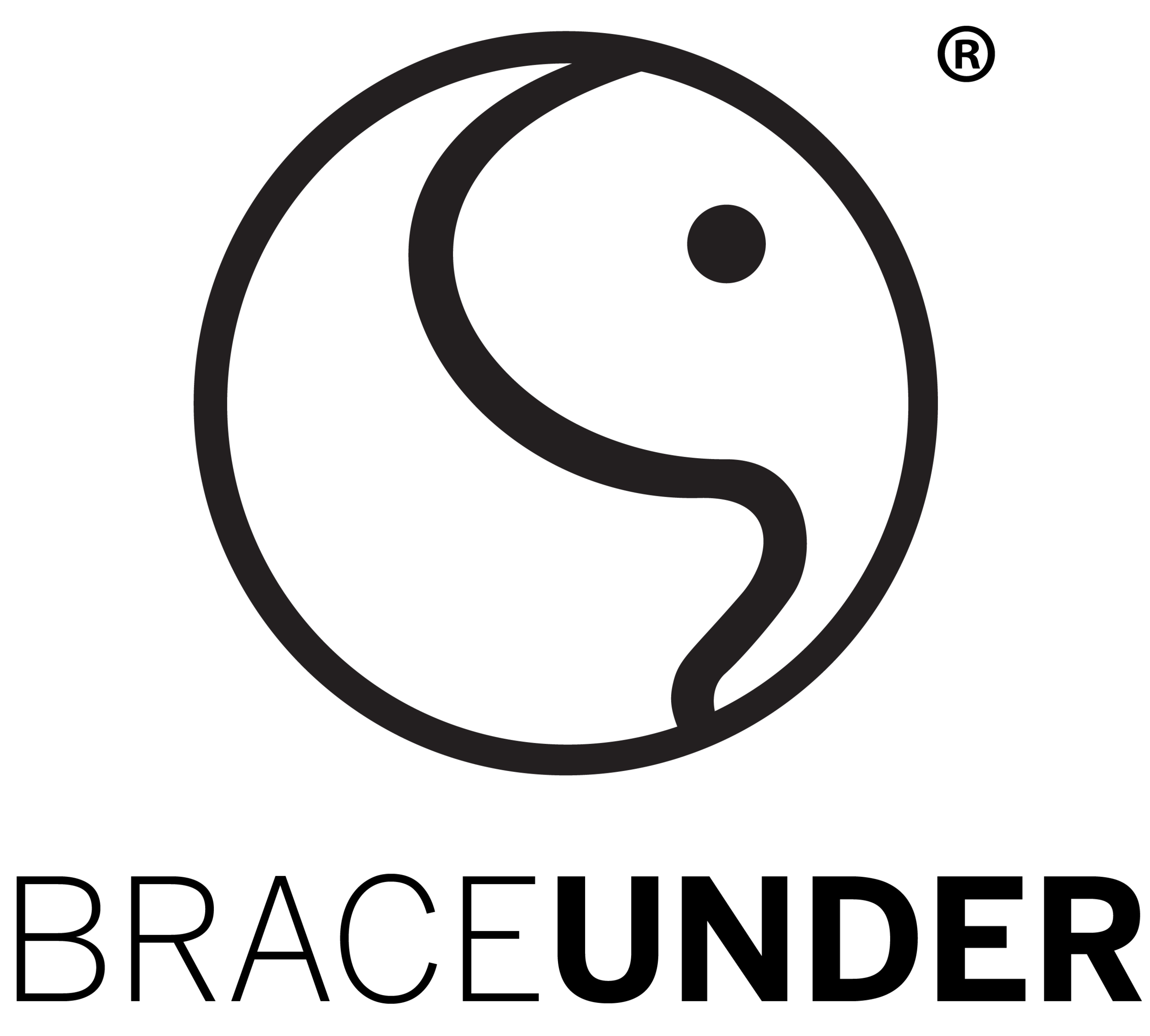Blog #3: Cardiovascular Compression by Chris Schattinger, MS(c), CSCS, CISSN
In continuing our quest to divulge the potential benefits of wearing compression clothing we come to its impact on the cardiovascular system. Everyone is familiar with the concept of gravity but have you ever thought as to how this plays a role in blood flow? When you are in a standing position blood must be pumped back to the heart against gravity. Consequently, heart rate must increase to account for the drop in available blood. Aiding the increase in heart rate is a mechanism known as the muscle pump. The muscle pump is the contraction of the limb muscles causing a squeeze on the veins thus aiding in the push of blood back towards the heart. Both an increase in heart rate and muscle pump help to raise the amount of blood returned to the heart (venous return). You might be wondering if the application of pressure to the limbs (via compression clothing) could help enhance venous return by serving as an artificial muscle pump? Wantanuki and Murata (1994) looked to answer this question by determining what impact compression pants had on cardiac output (Note: Cardiac output is heart rate x stroke volume. Stroke volume is the volume of blood pumped per heartbeat. Cardiac output determines the efficiency of cardiovascular function) and venous return. Subjects in the study were 6 young females who lied in the supine position for 40 minutes before rising and standing for 120 minutes. The subjects in the study repeated this protocol twice once without compression and once with compression. The compression pants worn had inflatable bladders to increase pressure on the thigh and lower limb. The pressures used for the protocol by each participant were 8 and 10mmHg, 12 and 15mmHg and 16 and 20mmHg respectively. Results showed that when subjects wore the compression pants they had a significant increase in stroke volume and cardiac output and a significant decrease in heart rate while standing compared to not wearing the compression pants while standing. The authors also determined that the ideal pressure to increase venous return was 15-20mmHg in the lower limb and 12-16mmHg at the thigh. Overall these results show us that cardiac output and venous return can be enhanced while standing for prolonged periods of time while wearing compression pants. This means that cardiovascular efficiency is increased. The next question is if this can help to increase performance? Stay tuned for more and leave a comment to let us know what you thought about this blog!
Link to Paper:
https://www.jstage.jst.go.jp/article/ahs1983/13/3/13_3_121/_pdf
